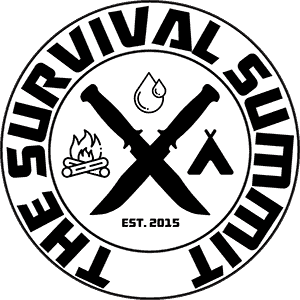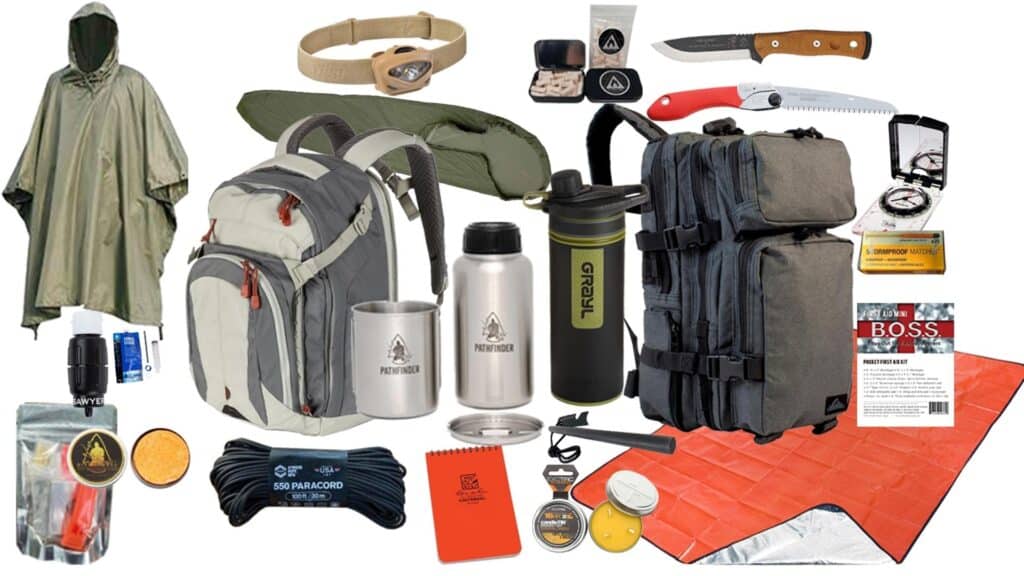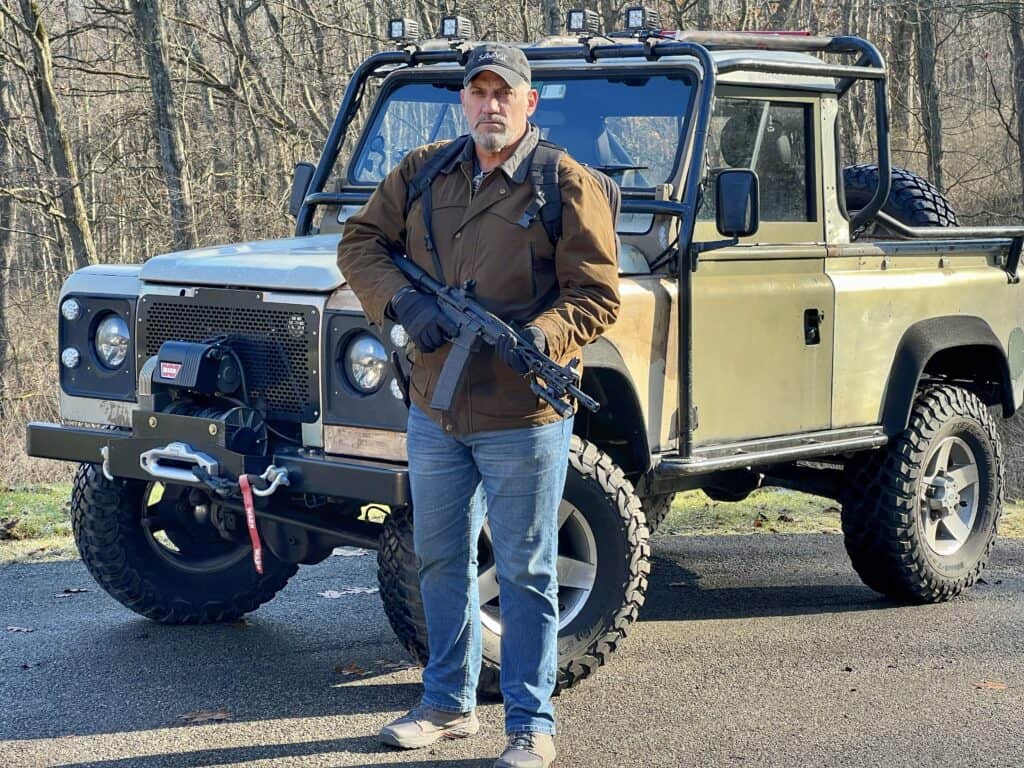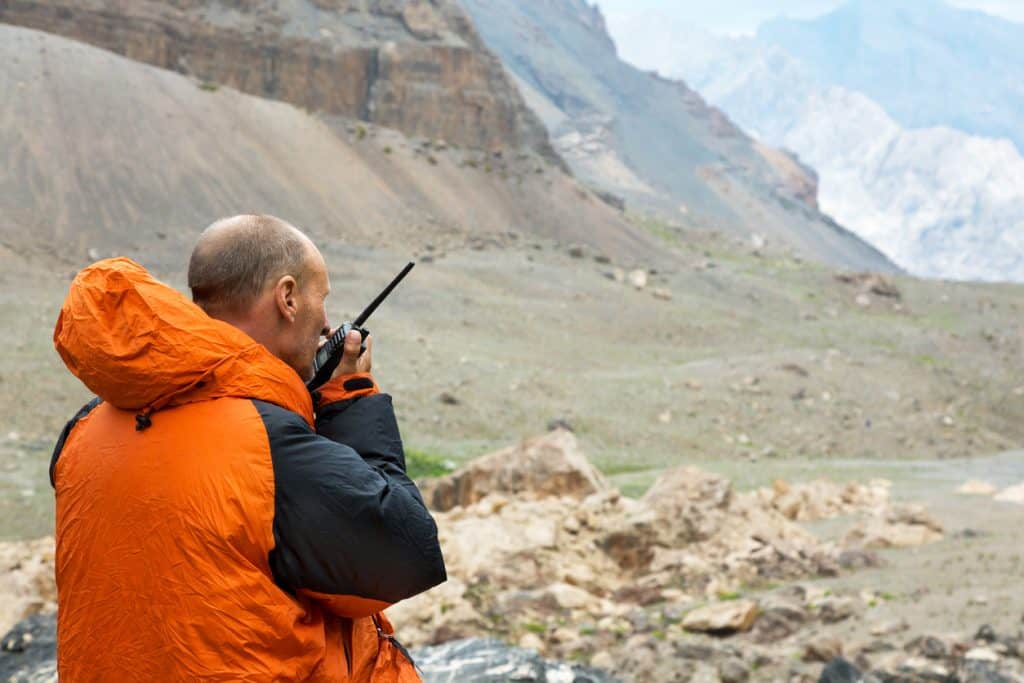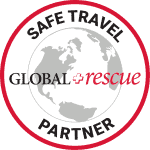Best Survival Gear to Have
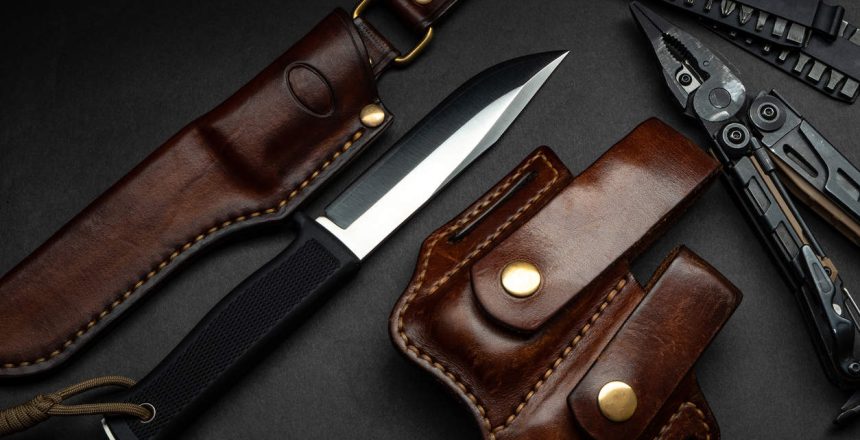
Best Survival Gear to Have: The Ultimate Guide to Preparing for the Unexpected
Introduction: Equipping Yourself for Survival
When it comes to surviving in challenging situations, having the right gear and training can make all the difference. This blog will discuss some of the best survival gear in various scenarios, from wilderness expeditions to natural disasters. Equipping yourself with these crucial tools and supplies will make you better prepared to face whatever challenges life throws.
Section 1: The Foundations of a Survival Kit
At the core of any survival kit are a few fundamental items that can help ensure your safety and well-being in various situations. These include:
- Water purification: A portable water filter or purification tablets are essential for ensuring clean, safe drinking water access.
- Firestarter: A reliable firestarter, such as a ferrocerium rod or waterproof matches, is crucial for warmth, cooking, and signaling.
- Shelter: A lightweight, durable emergency shelter, such as a tarp or a bivvy sack, can protect you from the elements.
- First aid: A well-stocked kit can help you address minor injuries and stabilize more severe conditions until help arrives.
- Food: High-calorie, non-perishable emergency food rations can provide crucial sustenance in survival situations.
Section 2: Essential Survival Tools
In addition to the items mentioned above, several tools can significantly enhance your chances of survival in various scenarios:
- Multi-tool: A high-quality multi-tool featuring a knife, pliers, and other essential tools, is invaluable for many tasks.
- Flashlight: A reliable flashlight or headlamp, preferably with super long battery life and multiple brightness settings, is vital for navigating and signaling in low-light conditions.
- Navigation: A compass and map, or a GPS device, can help you navigate unfamiliar terrain and pinpoint your location in an emergency.
- Paracord: A length of sturdy, lightweight paracord has numerous uses, from constructing shelter to creating improvised tools.
- Signal mirror: A compact signal mirror can be used to attract attention from rescuers or other survivors from a distance.
Section 3: Personal Protection and Self-Defense
In some survival situations, personal protection and self-defense may become necessary. To prepare for these scenarios, consider adding the following items to your survival gear:
- Firearm: A pistol and carbine are essential items to carry to protect yourself and your family.
- Pepper spray: A canister of pepper spray can incapacitate an attacker or aggressive wildlife, providing a non-lethal means of self-defense.
- Tactical pen: A sturdy tactical pen can serve as both a writing implement and a discreet self-defense tool.
- Survival knife: A fixed-blade survival knife is an essential tool for various tasks and can also serve as a means of self-defense if needed.
- Gas Mask: These may be necessary when escaping urban areas, or worn torn locations.
Section 4: Communication and Signaling Devices
Communicating with others and signaling for help can be critical in an emergency. Some essential communication and signaling devices include:
- Satellite Phone: These are excellent when in areas that do not have a cell phone signal.
- Two-way radios: A set of two-way radios can facilitate communication with others in your group.
- Emergency whistle: A loud, durable emergency whistle can be used to signal for help and alert others to your location.
- Personal locator beacon: A personal locator beacon can transmit your location to SAR (search and rescue) teams, significantly increasing your chances of being found in an emergency.
- Ham Radio: A Ham Radio is an excellent solution for when cell phone services are down.
Section 5: Preparedness for Specific Scenarios
While the gear listed above is essential for general survival situations, it is also crucial to tailor your kit to specific scenarios you may encounter. Some items to consider for various situations include:
- Wilderness survival: A lightweight backpacking stove, insect repellent, and portable fishing or hunting gear can help you sustain yourself in remote wilderness areas.
- Urban survival: A pry bar, dust mask, and work gloves can be invaluable for navigating debris and damaged buildings in an urban disaster.
- Natural disasters: An emergency weather radio, extra batteries, and a solar charger can help you stay informed and connected during severe weather events or other natural disasters.
- Vehicle emergencies: A compact car emergency kit, including a tire repair kit, jumper cables, and an air compressor, can help you address common vehicle issues and get back on the road.
- Long-Term Off Grid: You will want a more robust trauma kit, emergency antibiotics, and other prescriptions. You may also want travel protection and extraction services.
Section 6: Maintaining and Updating Your Survival Gear
Once you’ve assembled your best survival gear, it’s essential to maintain and update your equipment regularly:
- Check expiration dates: Routinely inspect your food, water purification tablets, and first aid supplies for expiration dates, and replace them as necessary.
- Test gear functionality: Periodically test your gear, such as flashlights and two-way radios, to ensure they are in proper working order.
- Sharpen and clean tools: Keep knives, multi-tools, and other cutting implements clean and sharp to ensure optimal performance when needed.
- Stay informed: Keep up-to-date with the latest advancements in survival gear and consider incorporating new, innovative items into your kit as appropriate.
Conclusion: Be Prepared for Anything with the Best Survival Gear
Equipping yourself with the best survival gear and tailoring your kit to specific scenarios can significantly improve your chances of overcoming unexpected challenges and staying safe in emergencies. Remember, the key to successful survival is having the right gear and knowing how to use it effectively. Stay informed, practice essential skills, and regularly update and maintain your equipment to ensure you’re always prepared for the unexpected.
